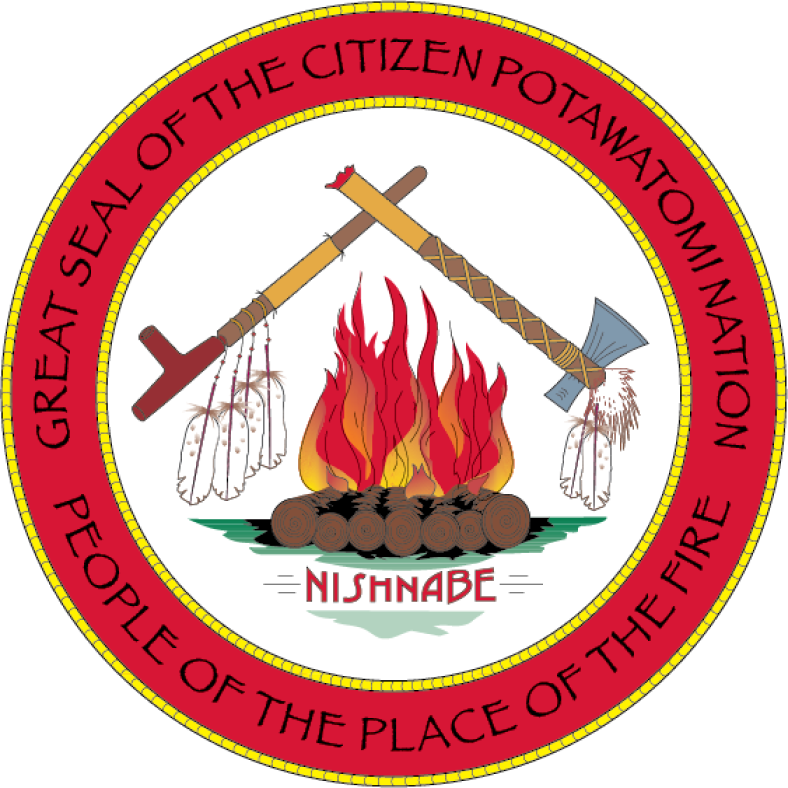Citizen Potawatomi Nation tribal member Mary Belle Zook spent her childhood on a farm in the Oklahoma panhandle, raising show animals and participating in the National FFA Organization. Now serving as the communications director for the Indigenous Food and Agricultural Initiative through the University of Arkansas School of Law, she brings together her skills, passions, agricultural background and Tribal heritage each day to help Native farmers and producers.
CPN has grown its agricultural operations in the past year, adding 105 acres of cover crops and expanding lease opportunities.
Traditional methods include planting one to two cash crops per year, but CPN benefits economically from the year-round production provided through cover crops.
The Coronavirus Food Assistance Program provides eligible producers with direct financial assistance due to market disruptions and associated costs because of the pandemic.
Taking care of the land and providing for the people are core Potawatomi traditions. The Citizen Potawatomi Nation’s Department of Real Estate Services oversees the Nation’s agricultural investments, which uphold these principals.
Just like a building needs a strong, stable foundation to last, soil also requires a solid base to grow the plants necessary to feed and clothe the world’s population. Indigenous agriculture techniques have understood this principal since time immemorial, but now modern agriculture is catching up.
Tribal William Haltom serves as the youth program manager for the Muscogee (Creek) Nation Agriculture Youth Program, helping introduce the industry’s vast opportunities to Creek students across northeast Oklahoma.
Nearly every member of the Brzozowski family steps up to help with Edward Joseph Farms, from planting and harvesting to marketing and working the produce stand.
The NRCS workshop helped attendees understand the development of agricultural practices over the past two decades and presented steps to reduce their domestic environmental impact.
Potawatomi began eating wild rice after settling around the Great Lakes between 800 and 1,300 years ago. It was a staple of their diet and society, and harvest and processing it required everyone’s participation.
